Growing your own herb is so rewarding everyone should consider doing it.
You will save money by not having to purchase fresh herbs, reduce waste and even potentially attract bees, and other beneficial insects to your garden.
In this article we are going to discuss about the 11 top herbs you can grow in your garden and on a balcony or Windowsill.
Let’s get started!
Top Herbs You Can Grow
1. Mint
If you are looking for an easy to grow herb, look no further than mint. This vigorous shrub thrives with minimal care.
However mint can be an aggressive grower, and will suffocate any surrounding plant if growth is unchecked.
Therefore, if you’re growing mint in beds, you can plant them in their containers into the soil.
It is very easy to grow mint from seedlings, and it can be propagated by making cuttings of 10 cm long stems.
keep your plants in well-drained, moist soil in a sunny spot and the mint will take care of the rest itself.
2. Basil
You will not be limited for choice when picking a type of basil to grow. Lemon, Sweet and Greek basil is some of the varieties at your disposal.
Store-bought basil leaves tend to have a short shelf life. So having your own containers or pots full of the herb can be very beneficial.
Basil can be easily started from seed which should sown into well-drained fertile soils in the springtime.
To keep the plants bushy and harvestable, pick the leaves on a regular basis. Remove any flower when they appear.
3. Chives
Chives belonging to the same plant family as the onion.
Chives are favorite amongst many herb growing aficionados unlike many other top herbs, chives can tolerate cold temperatures.
You can start chives from seed, but seedlings will provide you with a harvest much faster.
Keep your chives in well-drained fertile soils, while they can be grown for their leaves alone.
They also produce beautiful purple flowers that will attract beneficial insects like honeybees to your garden.
As added benefits chives can also repel pest like aphids, and therefore make ideal companion plants.
4. Rosemary
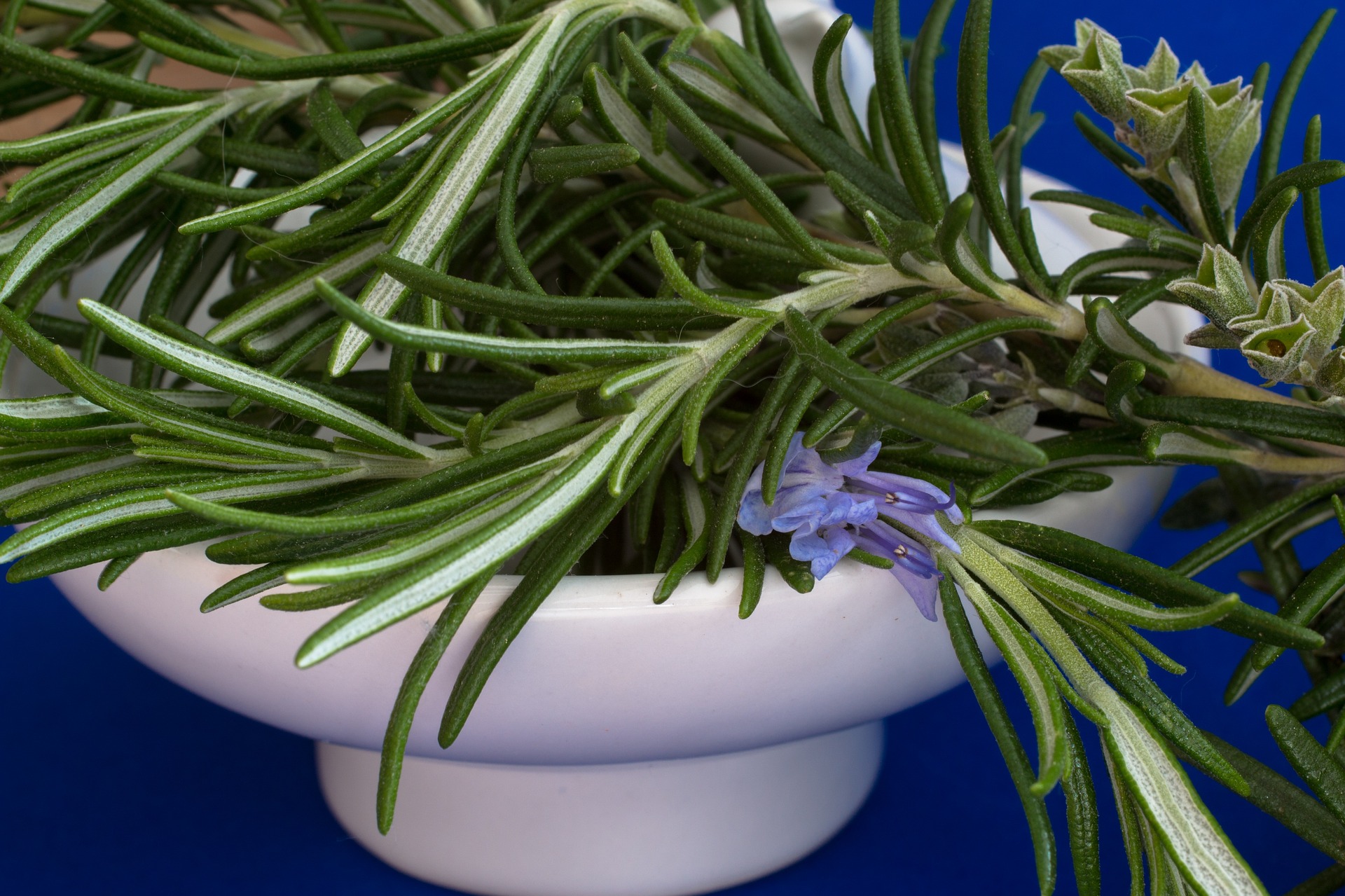 As a once of investment, rosemary plant survive year after year if they’re given the proper care.
As a once of investment, rosemary plant survive year after year if they’re given the proper care.
Even better, you can grow your own plants from a single starter by taking stem cuttings from softwood material.
You can also grow rosemary from seed, but cutting will mature much faster.
Rosemary is not only grown to add zing of flavor to savoury dishes, but it makes an attractive ornamental shrub too.
Plant the herb in well-drained sandy soil in full sun. Irrigate when the soil has dried out after the previous watering to avoid logging and disease spread.
5. Thyme
If you are looking to plant thyme to use in cooking, then you will be spoiled for choice with dozens of culinary varieties available.
There are also many showy ornamental cultivars on the market.
Thyme originates from the hot dry Mediterranean and can therefore, withstand drought.
Thyme can be grown from seed, but it is easier and quicker to make cuttings or divide the plants.
As a perennial, thyme will thrive in summer and become less vigorous in the winter, but will quickly recover once temperature increase again.
Plant this herb in a well-drained sunny area.
6. Lavender
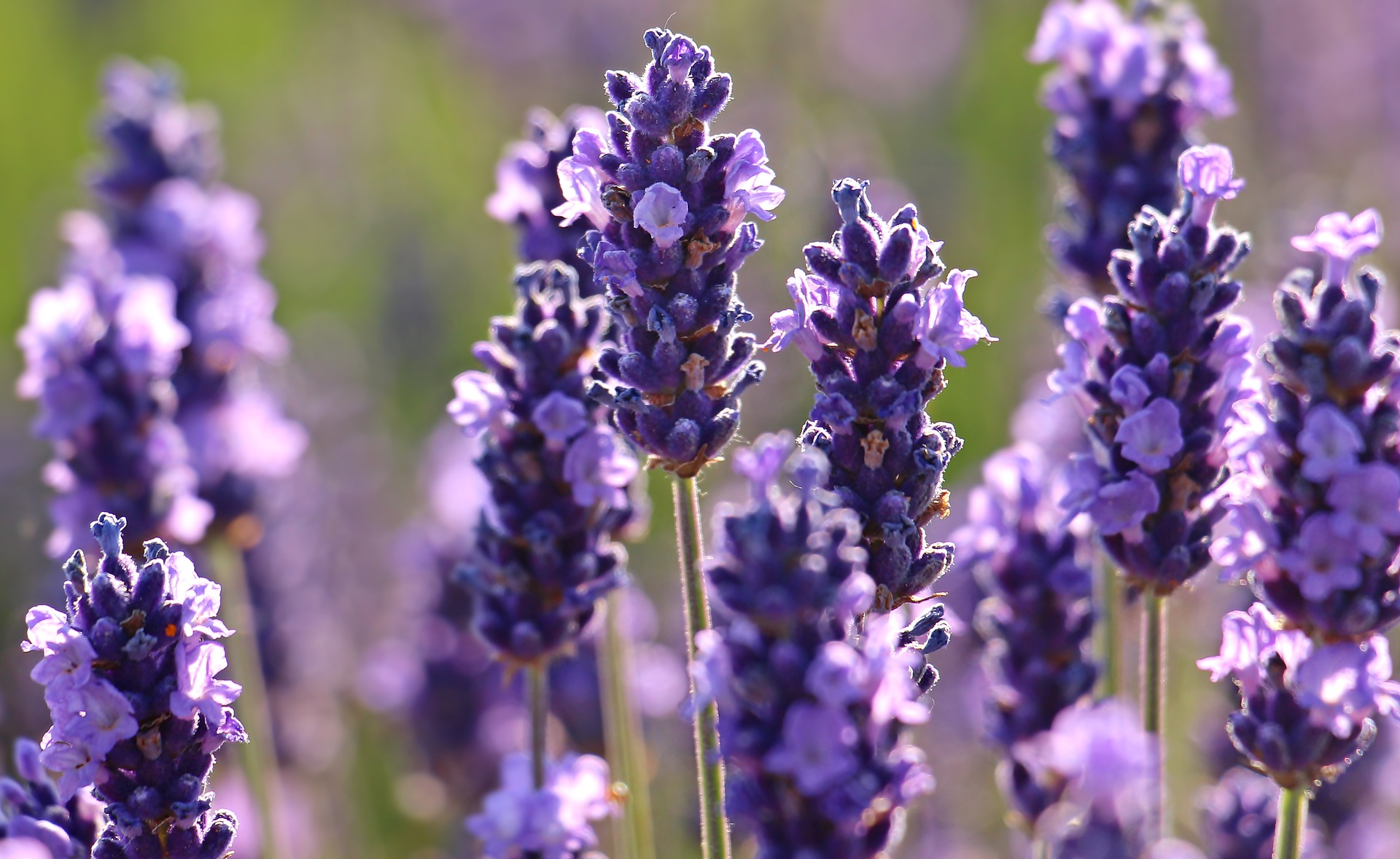 Not only does lavender has a multitude of culinary uses but it makes for a beautiful addition to any flower bed or container between the french, spanish and english cultivars.
Not only does lavender has a multitude of culinary uses but it makes for a beautiful addition to any flower bed or container between the french, spanish and english cultivars.
You will be able to a variety perfectly suited to your growing condition.
For example: french lavender tends to flower for long periods and spanish lavender can be trained into hedges and other topiary forms.
Lavender can be tricky to by seed, therefore consider buying some seedlings as starter plant and multiply them by making cuttings.
Keep your plants in a well-drained soil and be sure to irrigate potted lavender frequently.
7. Oregano
Like mint, oregano is an easy to grow herb, and is therefore a great option for novice growers.
Being a perennial, the plants are able to survive year after year if given the proper care.
This herb can be grown from sown in beginning of spring. Making cuttings and dividing the plants are also useful propagation techniques.
Plant oregano in well-drained soils in the full sun. Regular leaves picking will encourage the plants to become bushy and full of green harvestable leaves.
You can also allow the plants to flower and set seed if you want new oregano seedlings to sprout the following spring.
8. Sage
With their silvery green leaves, sage makes for an attractive addition to any bed or container.
If you are looking for a herb to grow in cooler climates, the mild frost tolerance of sage can make it an attractive option.
You can grow sage from seed by sowing them in early spring.
Consider making cuttings from your sage plant to replenish your older plantings every year.
While it can be grown in bed, sage is also an attractive option for container growing.
Make sure your plant have full sun and water them when the top few centimeters of soil have dried out.
9. Bay leaves
This herb is unique among other top herbs on this list and it is not a shrub or ground cover but a tree.
Bay leaves are harvested from bay Laurel trees, which belong to same botanical family as avacados and cinnamon.
Because these trees are relatively slow growing, consider purchasing a young already established tree.
However, you can make stem cuttings if you’re looking to propage your own.
Not only do the leaves make a delicious addition to soups and stews, but the trees themselves are beautiful ornamental that can be trained and pruned in too many topiary forms.
Keep your trees in well-drained soils in full sun. Container planting can keep your bay tree smaller if your have limited space
10. Lemongrass
The stalks of this grass have a wonderful citrus aroma, and the plant itself is relatively easy to grow.
You can propagate lemongrass from seeds. However it is far easier to purchase young seedlings, and let the plants multiply themselves by sending out new shoots from their bases.
You can also route store-bought lemongrass stems by placing the bases in a glass of water.
Keep the plants in pots or beds with fertile soil. Make sure your plants are well watered and sheltered from strong winds.
As a tropical, lemongrass thrives in hot climates. This does however mean that lemongrass is sensitive to frost, so either cover your bedded plants or bring your containers indoors during spells.
11. Parsley
Parsley is a biennial herb usually grown as an annual.
It is one of the fastest growing among the top herbs, so you will be trimming it many times per season.
Parsley brightens flavors and adds balance to savory dishes, the way a little lemon juice can make something taste better.
Each time you prune its stems it will grow back to full size after two to three weeks.
Parsley grows its best in moist soil. It needs watering about 2- 3 times per week. If parsley runs out of water, it will let you know by wilting.
It is relatively drought-tolerant. Parsley does well in both full sun and part sun environments.
Hope you liked our post on the top herbs to grow. Which is your favorite herb? Have you tried growing any? Was it successful? Do share with us in the comments section below.

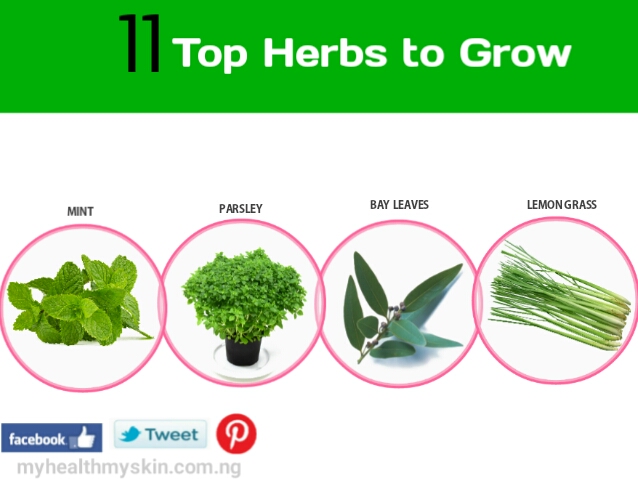
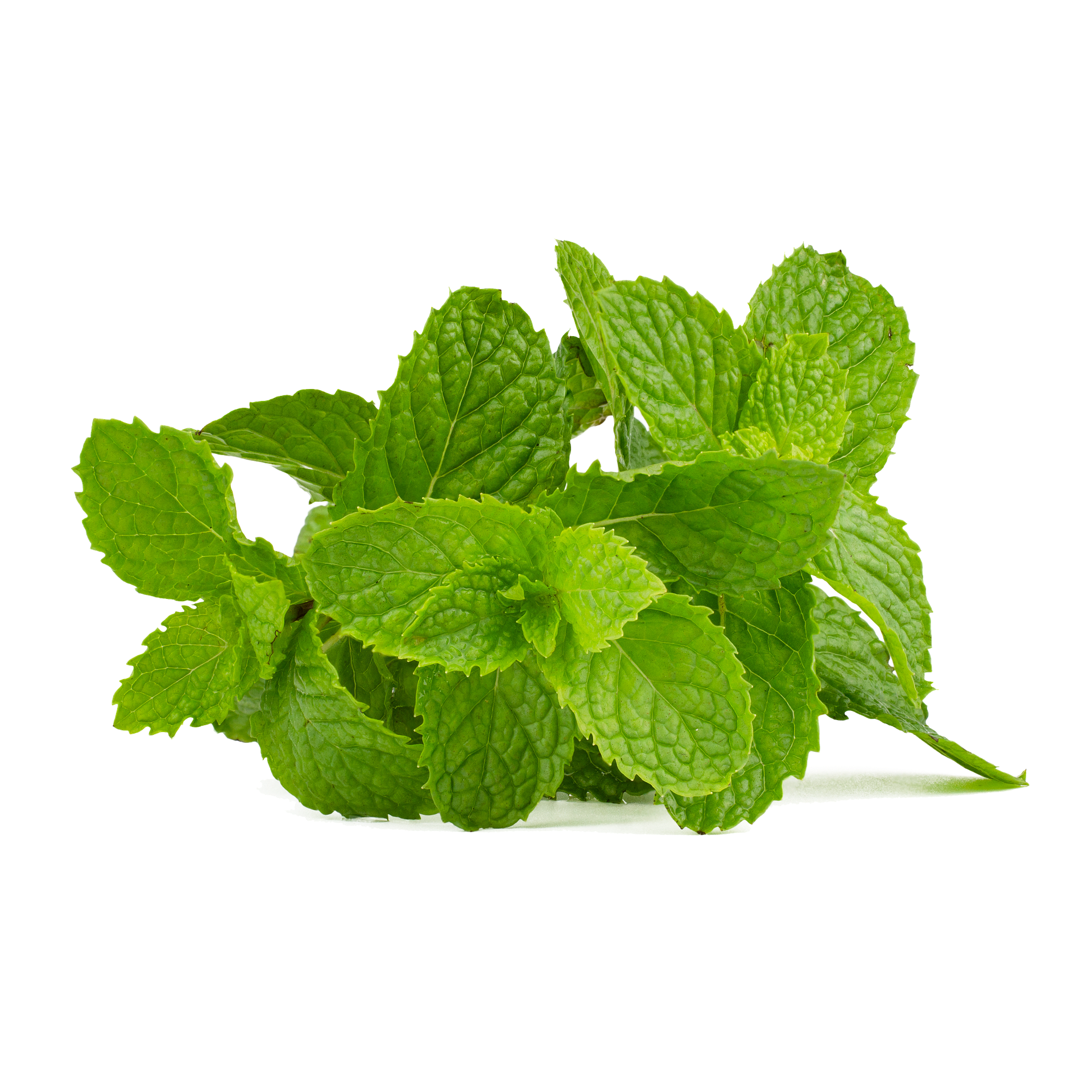
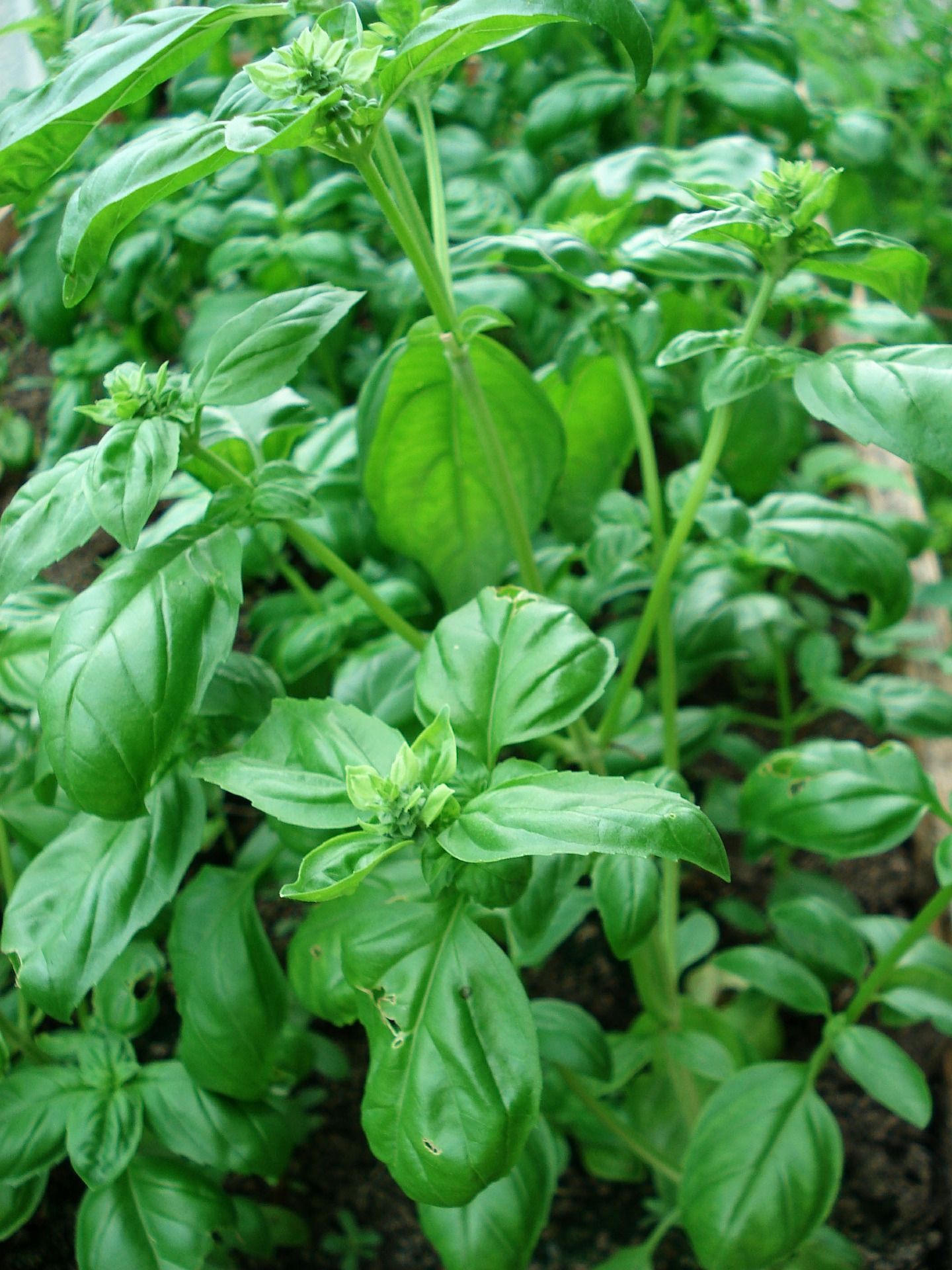
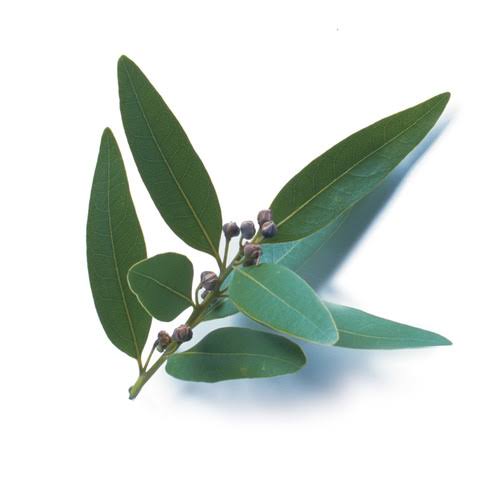
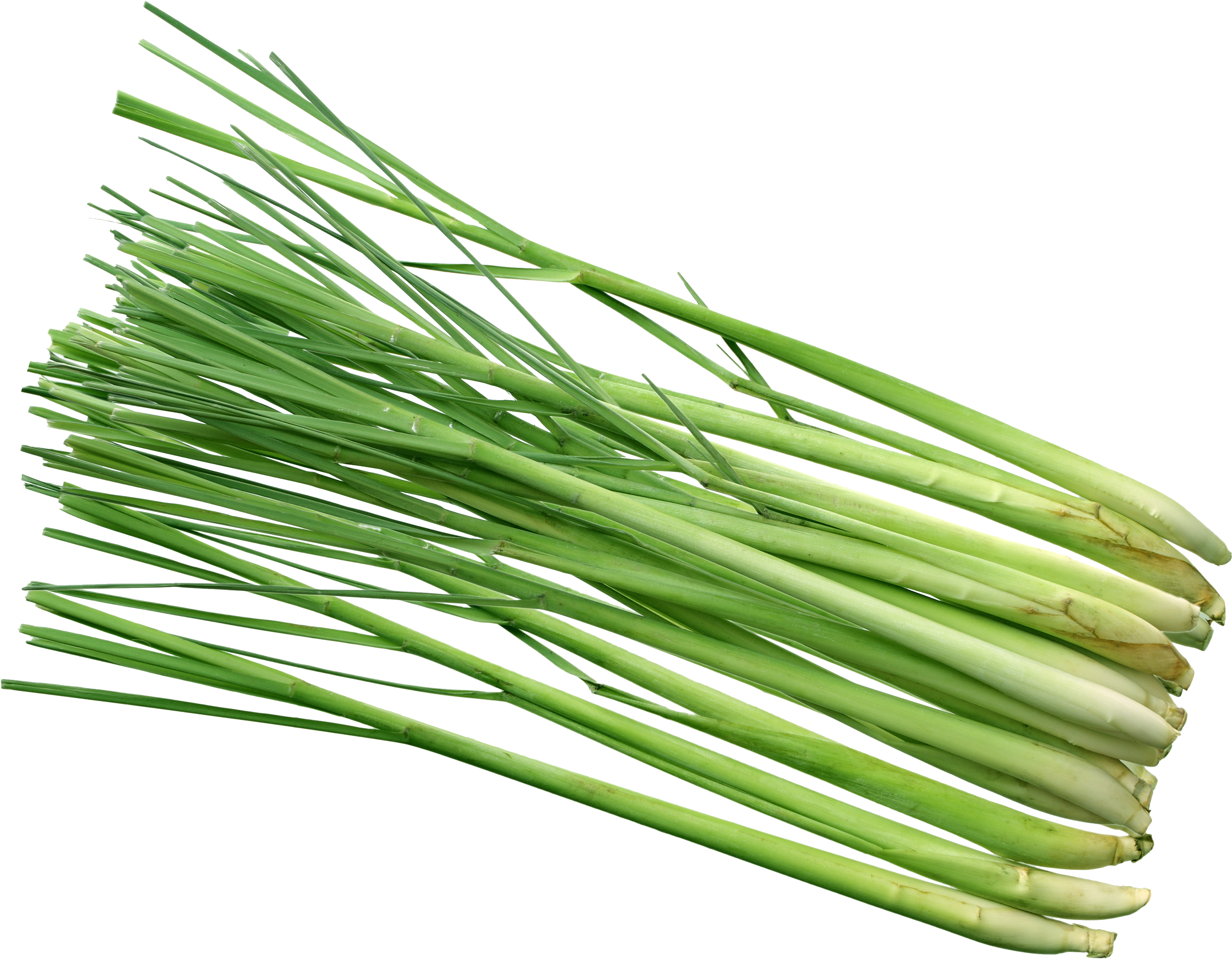



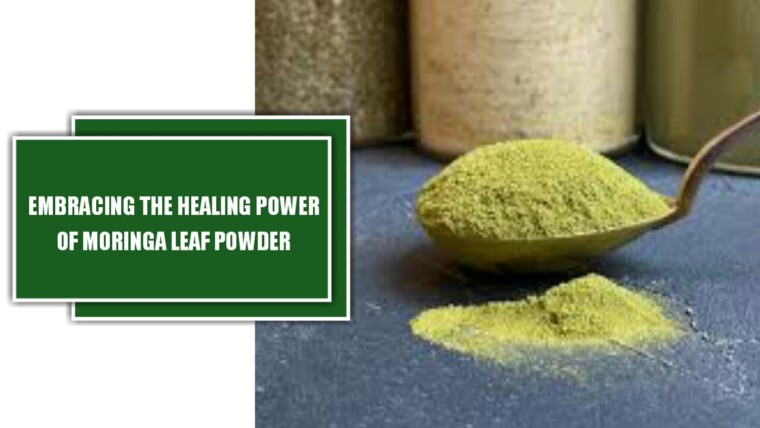


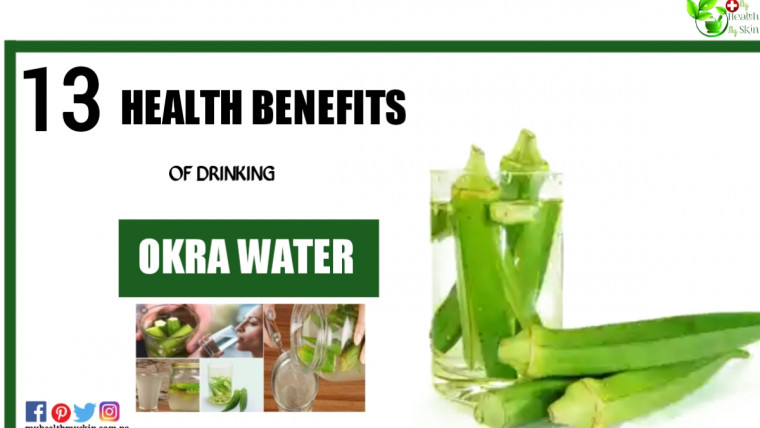
39 Surprising Health Benefits of Jinja herbal extract
6 Spiritual Benefits of Cloves | Clove Bath & How to Use
Yellow Discharge Without Smell: Should You Panic?
Signs You’re Lacking in Vitamin D and How to Get More To Boost Your Immunity
Cambrian College Entrance Scholarship | Undergraduate Entrance Awards
Nursing Scholarship for Nigerian Students
Signs You’re Lacking in Vitamin D and How to Get More To Boost Your Immunity
Work in USA: Nursing Assistant Jobs with Visa Sponsorship